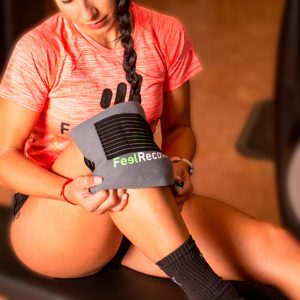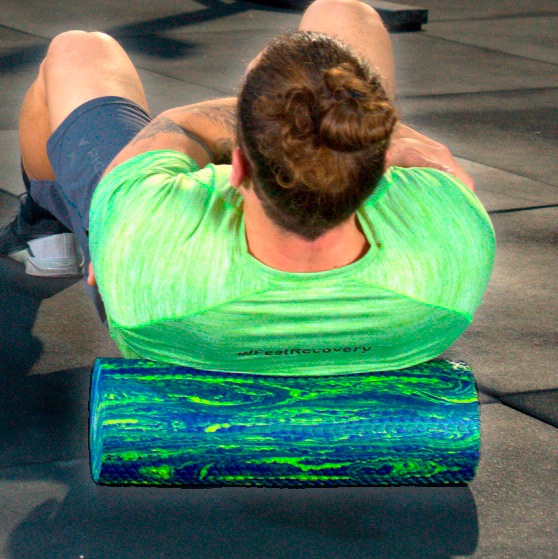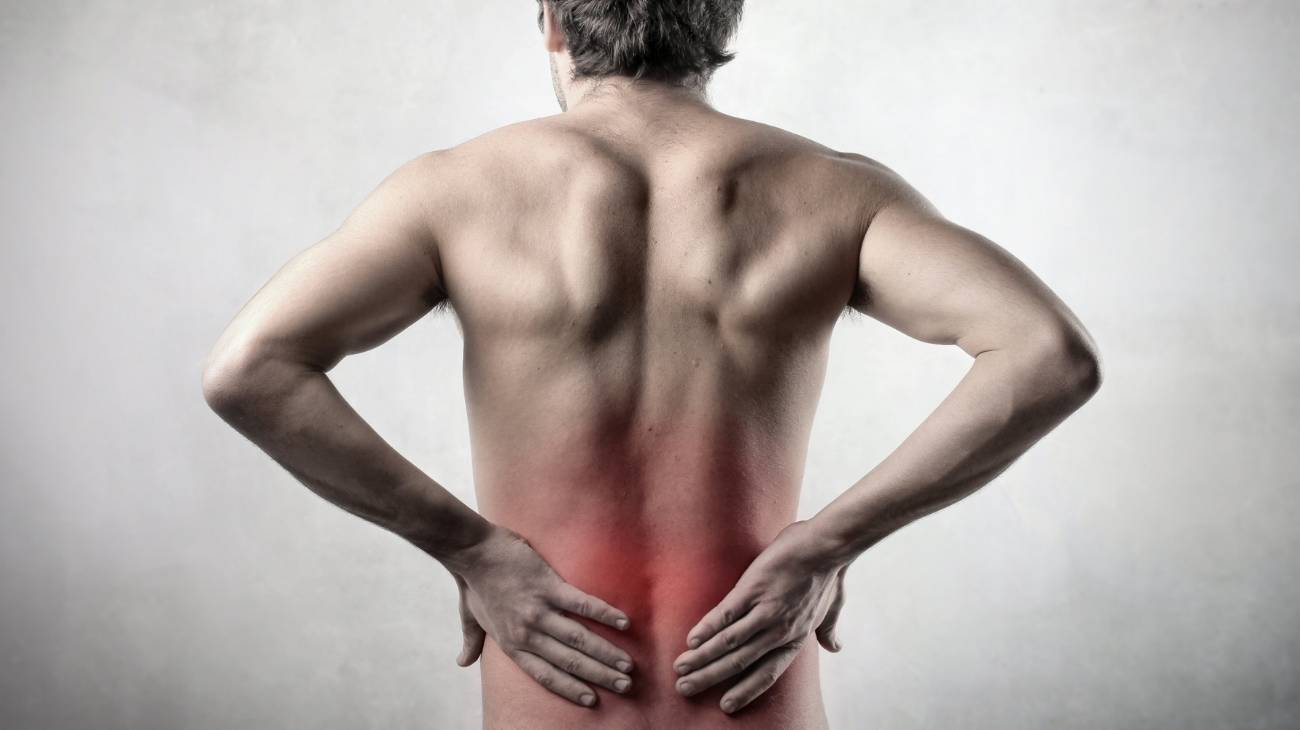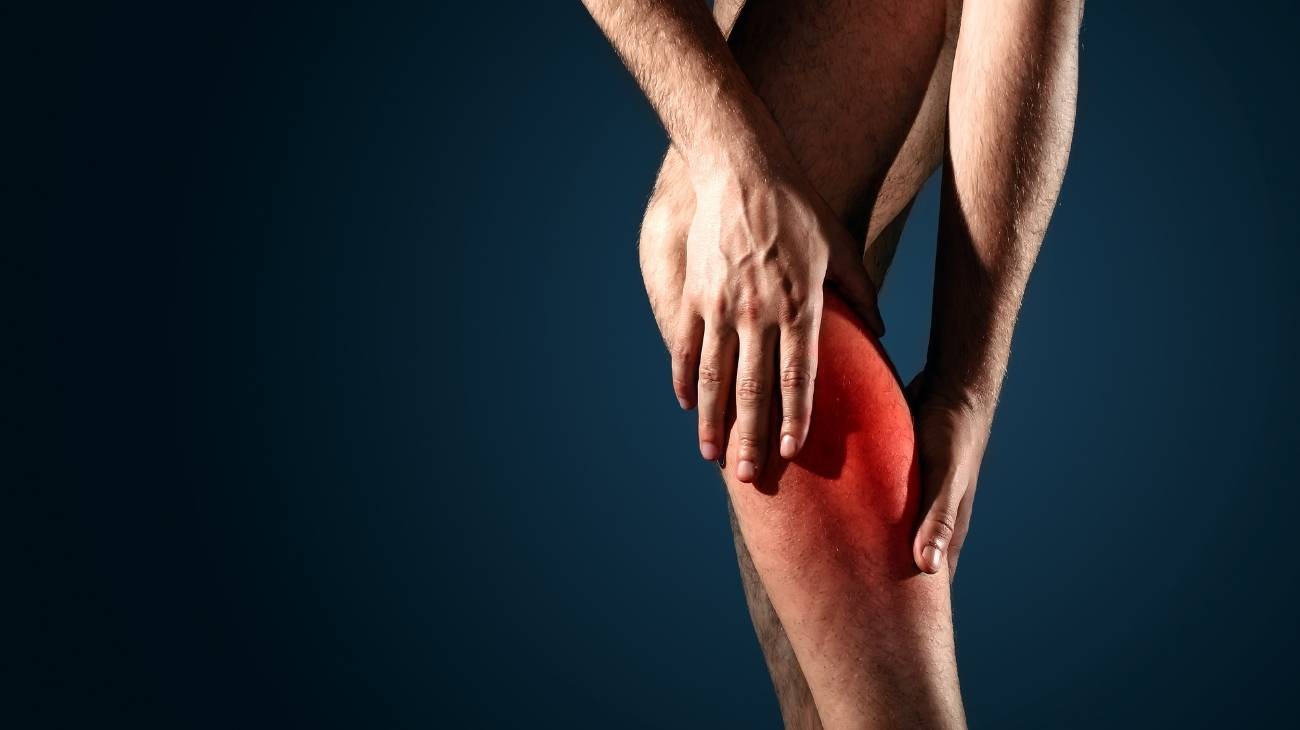Chest muscle strains, often caused by overexertion, sudden movements, or improper lifting techniques, can significantly impact your quality of life. These injuries occur when the pectoral muscles are stretched beyond their limits, resulting in pain, swelling, and limited mobility. Effective recovery requires a combination of rest, targeted therapy, and supportive products that alleviate discomfort and promote healing.
Compression sleeves are essential for managing chest muscle strains. By providing even pressure across the affected area, these sleeves reduce inflammation and improve blood circulation. Enhanced circulation delivers oxygen and nutrients to the injured muscles, accelerating the healing process. Lightweight and breathable, compression sleeves can be worn throughout the day to support recovery without restricting movement.
In the initial stages of a chest muscle strain, cold therapy is crucial for reducing pain and swelling. Applying cold packs to the injured area helps constrict blood vessels, minimizing inflammation and numbing pain. This therapy is particularly effective within the first 48 hours after the injury. Feel Recovery's cold packs are ergonomically designed to fit comfortably, ensuring effective and convenient relief.
As your recovery progresses, heat therapy becomes a valuable tool for relieving muscle tension and enhancing flexibility. Heat pads or wraps increase blood flow to the injured area, loosening tight muscles and reducing stiffness. Regular application of heat therapy can help prepare the chest muscles for rehabilitation exercises, promoting long-term recovery and preventing future injuries.
For deeper muscle relief, incorporating massage tools into your recovery routine is highly beneficial. Foam rollers and handheld massagers target tension in the chest muscles, breaking down scar tissue and improving muscle elasticity. Massage therapy also stimulates blood flow, further supporting the healing process.
An advanced recovery method to consider is TENS (Transcutaneous Electrical Nerve Stimulation) therapy. These devices deliver mild electrical impulses to the injured area, reducing pain signals and encouraging the release of endorphins. Portable and easy to use, TENS units provide non-invasive pain relief, making them an excellent addition to your recovery toolkit.
Rehabilitation exercises are essential for restoring chest strength and preventing future strains. Resistance bands are versatile tools that allow for controlled and gradual muscle strengthening. They are particularly useful for improving range of motion and rebuilding muscle endurance in the chest area.
Maintaining proper hydration, practicing good posture, and incorporating stretching routines can also contribute to a faster recovery. With the right combination of therapies and products, Feel Recovery ensures you have everything needed to recover from a chest muscle strain efficiently. Trust our expertly designed tools to support your journey back to strength and mobility.
FAQ: Frequently Asked Questions
What is the best initial treatment for chest muscle strains?
The best initial treatment involves rest and cold therapy. Apply cold packs to the injured area for 15-20 minutes every few hours during the first 48 hours to reduce pain and swelling.
How can compression sleeves help with recovery?
Compression sleeves provide even pressure on the chest muscles, reducing inflammation and enhancing blood circulation. This supports faster healing and helps prevent reinjury.
Are heat therapy products safe to use for chest strains?
Yes, heat therapy products are safe when used appropriately. Apply heat only after the initial swelling has subsided to relieve stiffness and improve flexibility.
What role do massage tools play in recovery?
Massage tools help release tension, reduce scar tissue, and improve muscle elasticity. They enhance circulation, supporting faster and more effective recovery.
Can TENS therapy be used for chest muscle strains?
Yes, TENS therapy is an excellent option for managing pain. It provides non-invasive relief by reducing pain signals and stimulating endorphin release.















































